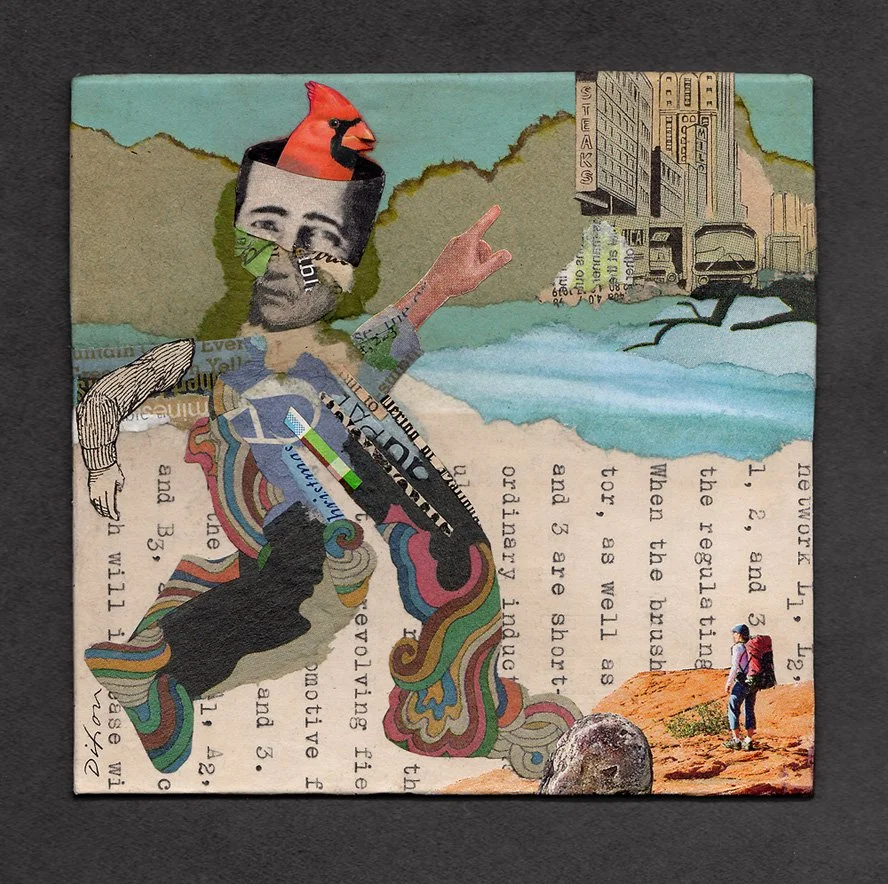John Andrew Dixon
Specializes in Collage
About: The innovative collage artist John Andrew Dixon is known internationally for solving the challenges of creating paper landscapes en plein air. Dixon’s approach is distinctive because his landscapes are created from discarded paper, ruined publications, tissue, reclaimed tea bags, and even roadside litter. Influenced by a foundation in design and visual montage, he brings aesthetic complexity and artisanship to his handcrafted use of recycled or trashed materials. His painterly artworks are rich with visual density, typically small in scale, and rooted in the history of collage as a modern art. “I’m intrigued and inspired by how avant-garde ideas have evolved into contemporary collage,” he says, “and I bring that awareness to representational art, which typically has not been associated with the medium.” With a wet-on-wet technique, Dixon saturates ingredients with multiple adhesives to craft a result not available with dry material. Printed text often appears to suggest subtle highlights or areas of pattern, “but also to remind viewers that it is, after all, a collage,” he says. “I’m making not only a pictorial artifact, but also painting in papers. Decades of design decisions and influences enable my work to be intuitive. Collage is about the creative tension between order and chaos, similar to how an improvisational instrumentalist elaborates on a musical manuscript. I’m interested in a counterbalance of observation, composition, and spontaneity. The natural setting that I see on location serves as the written melody. The qualities of the paper — color, form, value, pattern, texture — can be the notes, rests, and rhythms of the interpretation. “From the time that I began to exhibit collage, people have responded positively to art made from stuff that would otherwise be recycled or thrown away. Beyond conserving resources, they like the idea that anything cast off can be repurposed and infused with new significance. Collage is ideally suited to individual response and offers a universal experience. Nearly everyone can understand and relate to cutting and pasting paper. On first impression, people think my landscapes are conventional paintings — until they move closer. At the same intimate distance the works were created, viewers find only paper ingredients, fragments of printing, and layers of torn edges. It’s been rewarding for me to watch this sense of discovery, a response similar to what I’ve experienced by exploring the potential of paper. This connection with others has fired an enthusiasm for representational collage as my area of concentration.”










